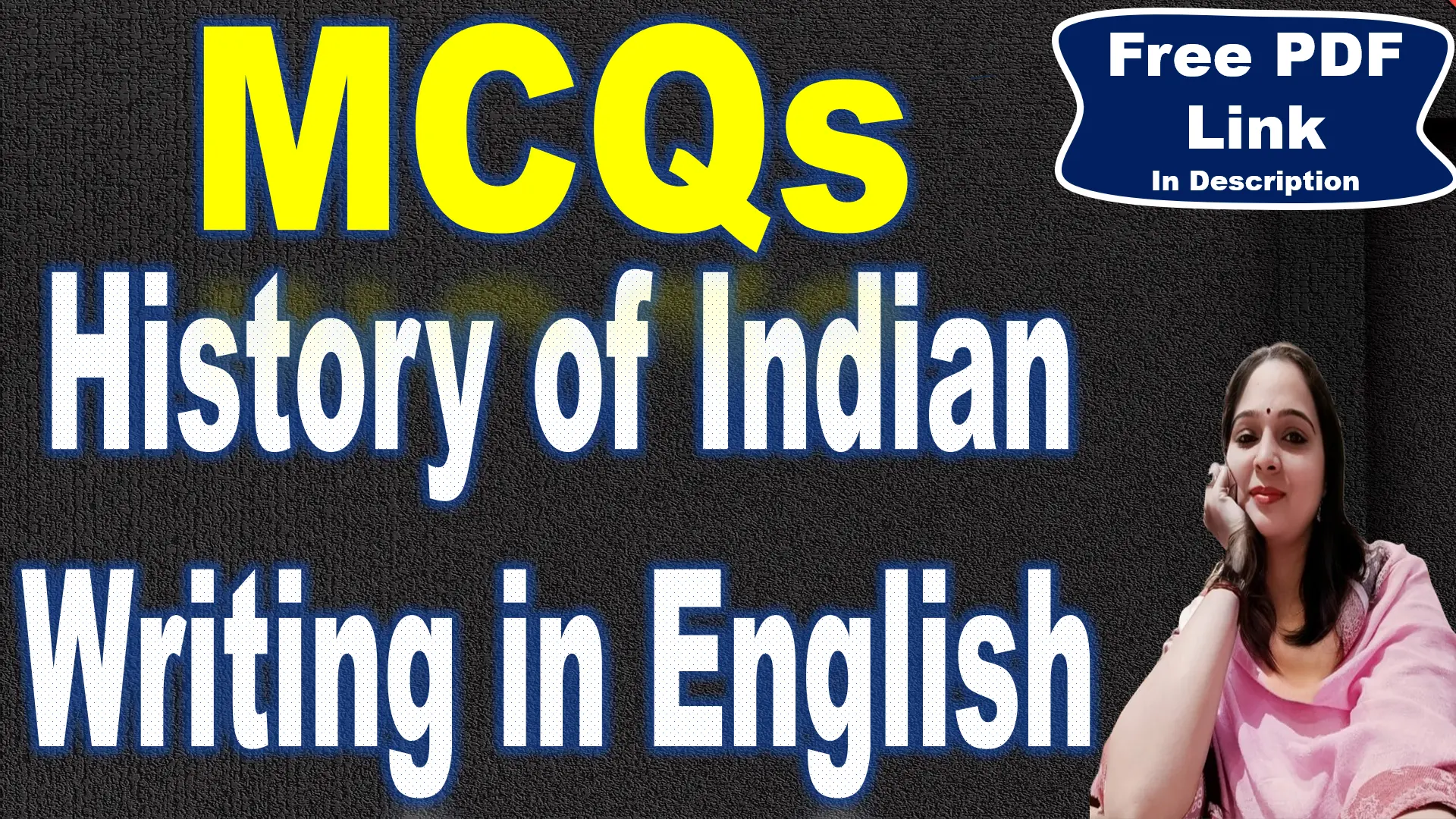
11. How does Sidney portray the relationship between love and poetry in Sonnet 1?
a) Poetry is more important than love
b) Love hinders poetic creation
c) Love inspires poetry but is difficult to express
d) Love and poetry are unrelated
Answer: c) Love inspires poetry but is difficult to express
Explanation: In Sonnet 1, Sidney portrays love as a powerful source of inspiration for poetry, but also as something that is challenging to articulate. Astrophil struggles to find the right words to express his love for Stella, even though his emotions are strong. This reflects the difficulty of translating deep feelings into poetic form.
12. What is Astrophil’s attitude toward his creative abilities in the poem?
a) Confident
b) Self-critical
c) Proud
d) Indifferent
Answer: b) Self-critical
Explanation: Throughout the poem, Astrophil is highly self-critical. He feels frustrated by his inability to find the right words to express his emotions, and he even beats himself “for spite” when his poetic efforts fail. This self-reproach is a central aspect of the poem’s exploration of creative struggle and artistic frustration.
13. Which theme is most emphasized in Sonnet 1?
a) War and peace
b) Artistic inspiration and frustration
c) Nature and the seasons
d) Political power
Answer: b) Artistic inspiration and frustration
Explanation: The poem’s main focus is on Astrophil’s frustration with his creative process. He longs to express his love for Stella in poetry, but finds himself blocked and unable to capture the depth of his emotions. The tension between forced creativity and genuine inspiration is a central theme in the sonnet.
14. What is the “volta” or turning point in Sonnet 1?
a) The moment Astrophil sees Stella
b) The final couplet, when the Muse speaks
c) The second quatrain, when Astrophil starts writing
d) The first line, when Astrophil declares his love
Answer: b) The final couplet, when the Muse speaks
Explanation: The “volta,” or turn, occurs in the final couplet when Astrophil’s Muse advises him to “look in thy heart and write.” This moment shifts the tone of the poem from frustration to clarity, as the Muse provides a resolution to Astrophil’s creative struggle by urging him to write authentically from his emotions.
15. What is the significance of “Invention” in the poem?
a) It refers to Astrophil’s wealth
b) It represents creative inspiration
c) It symbolizes Stella’s beauty
d) It means a new technological gadget
Answer: b) It represents creative inspiration
Explanation: In Sonnet 1, “Invention” refers to the act of creative inspiration, which Astrophil feels he has lost. He describes it as fleeing from him due to the pressures of over-studying (“step-dame Study”). The absence of “Invention” symbolizes Astrophil’s frustration with his inability to write poetry that expresses his true feelings.
16. What literary device is used in “sunburned brain”?
a) Simile
b) Metaphor
c) Allusion
d) Alliteration
Answer: b) Metaphor
Explanation: The phrase “sunburned brain” is a metaphor that likens Astrophil’s mind to land that has been scorched by the sun, implying that his creativity has dried up or become barren. This imagery vividly expresses his mental exhaustion and frustration in trying to find inspiration to write poetry.
17. What does Astrophil hope to achieve through Stella’s pity?
a) Her forgiveness
b) Her intellectual respect
c) Her romantic affection
d) Her creative collaboration
Answer: c) Her romantic affection
Explanation: Astrophil hopes that by expressing his suffering in poetry, Stella will feel pity for him, which in turn might lead to her returning his love. He envisions a progression from understanding his pain, to feeling compassion, and ultimately to granting him her affection.
18. What is the final message of Sonnet 1?
a) Hard work leads to success
b) Authentic emotion is the key to true poetry
c) Studying other poets improves creativity
d) Love is a waste of time
Answer: b) Authentic emotion is the key to true poetry
Explanation: The final message of the poem, delivered by the Muse, is that true poetry comes from the heart. Rather than relying on external techniques or imitating other poets, Astrophil must look inward and write from his own emotions. This emphasis on sincerity and authenticity is central to the poem’s resolution.
19. What does the term “truant pen” imply?
a) The pen is slow
b) The pen is disobedient
c) The pen is lost
d) The pen is broken
Answer: b) The pen is disobedient
Explanation: The phrase “truant pen” personifies the pen as disobedient or wayward, implying that it refuses to follow Astrophil’s intentions. This reflects his frustration with his inability to write effectively and highlights the sense of creative rebellion he feels when his poetic efforts fail.
20. How does Sidney explore the theme of unrequited love in Sonnet 1?
a) By showing how easily love can be achieved
b) By depicting the pain of loving someone who does not love back
c) By celebrating love’s triumph
d) By dismissing love as unimportant
Answer: b) By depicting the pain of loving someone who does not love back
Explanation: Sidney explores unrequited love through Astrophil’s longing for Stella, who does not return his affection. The speaker’s frustration and creative struggle in the poem reflect the emotional pain of unrequited love, as he tries to express his suffering in the hope of winning her pity and eventually her love.





